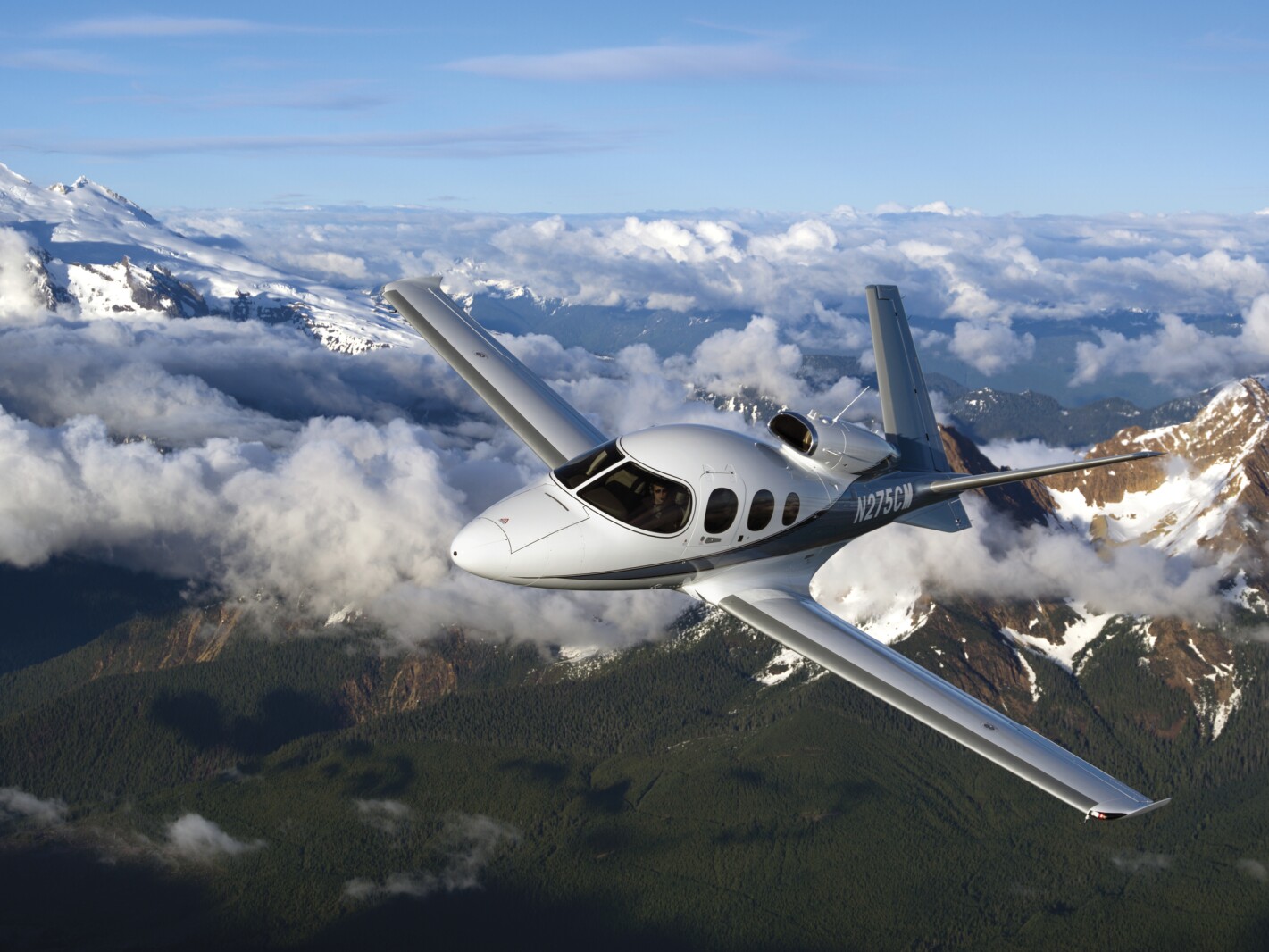StraightnLevel
Line Up and Wait
- Joined
- Dec 8, 2023
- Messages
- 513
- Display Name
Display name:
StraightnLevel
The issue is that the planes made in the 70s are still flyable, and they have generally lasted through mutiple owners' flying careers.Not really that open. It is a highly regulated product, with extensive liability issues, with significant infrastructure capital paid for by tax dollars (airports)....
Tim
Thus, most people have decided to buy an existing plane rather than pay the new price premium and deal with the build time delays.
This means that demand for actual new planes is quite low, because most buyers aren't looking at new planes. This keeps manufacturing volume low, which keeps costs high.....and this is where we came in.
Imagine if the cars we bought in the 1970s were still mostly running serviceably at 800,000-1,000,000 miles. How many people would simply buy a used one instead of buying new?

